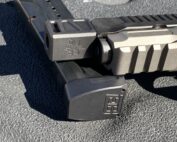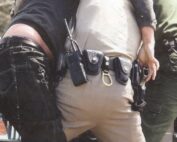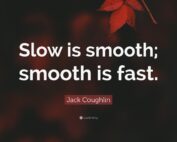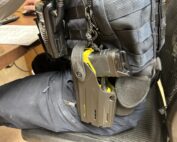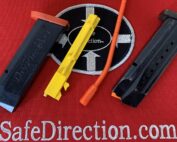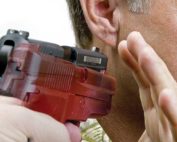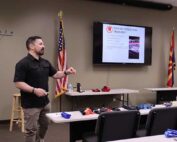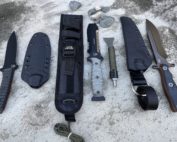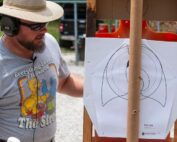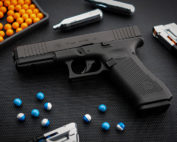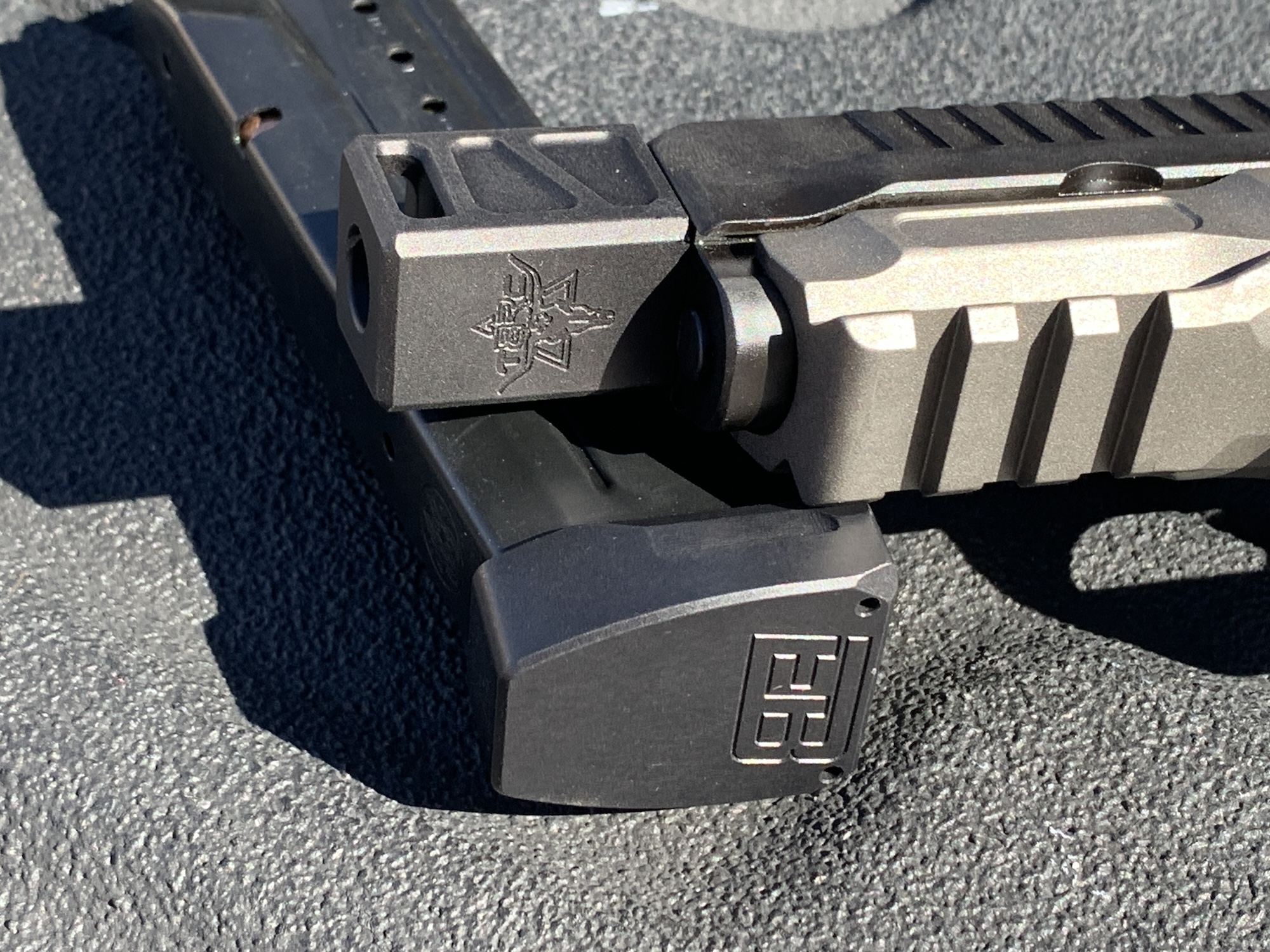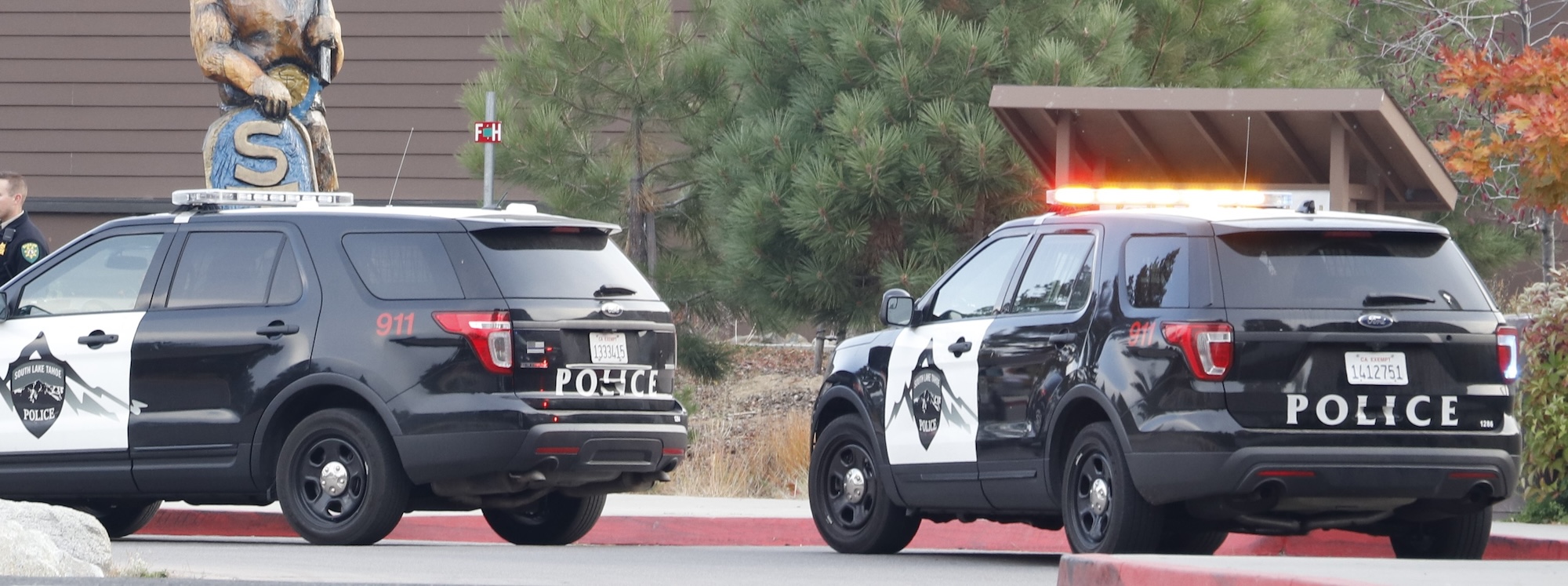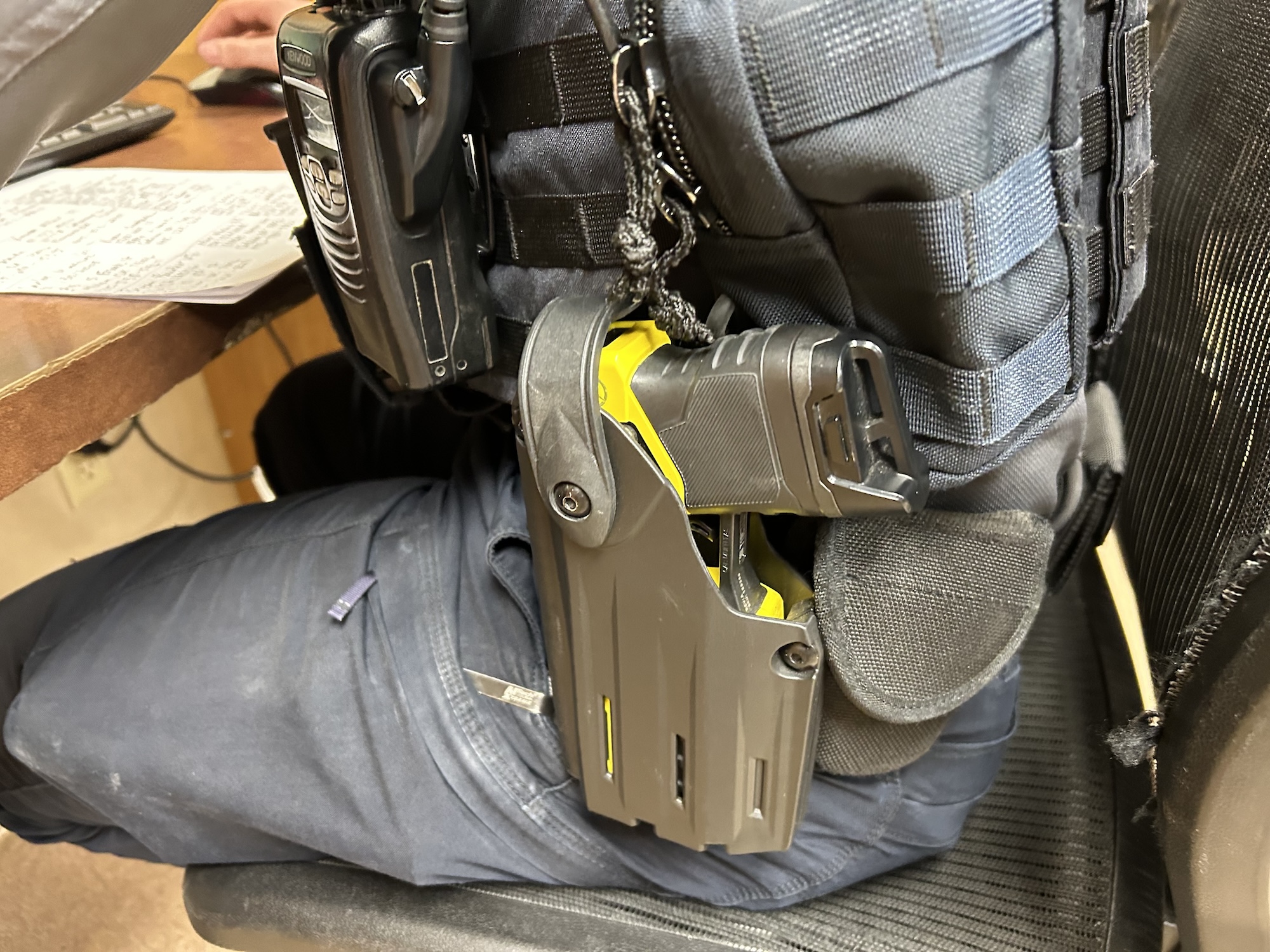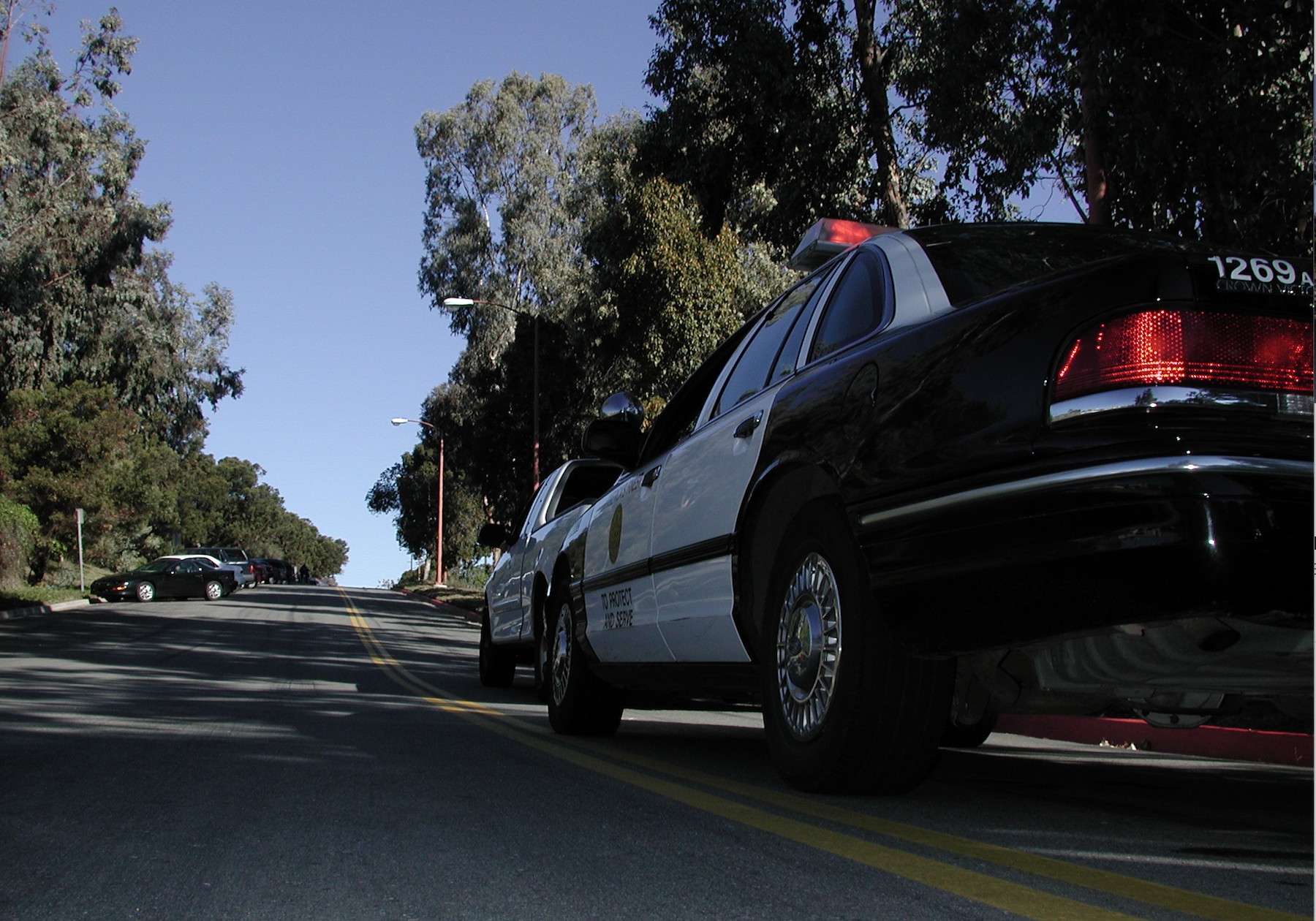
Screen Shot 2022-07-11 at 9.25.28 PM
(Editor’s note – Editor Emeritus Roy Huntington sent this to me. He offered that the writer’s thoughts were worth my time. I’m sharing it as an OpEd piece with you all)
In my younger days, I thought I had a destiny – to be an LEO. Oddly enough, I took the police job on a bet. It came with a $6000 pay cut but had good benefits. I left my good-paying job to be a cop; Destiny fulfilled. Well, enough about me.
So from an old dog to a new dog, let me offer some thoughts. Your agency will dictate the policies you must follow, but here’s my take.
I dislike cops on cell phones while driving. You probably give tickets for it. If you need to use your cell phone, do it in a safe place (for you) out of the public’s eye. My former desk officer is now a Police Chief. He told me about an officer on his cell phone who didn’t notice him. He walked directly to the car window and the officer never even knew he was there. He informed the officer’s supervisor of it. Condition corrected, but what if it’s a bad guy? DRT. We call it situational awareness.
Unneeded lights and sirens are another beef. People are rubbernecking an accident, and you are backed up in traffic. All of us are trying to move out of the way, with no place to go. Here comes another police car. I looked over as the police vehicle passed me at about ten mph, siren blasting. He pulled up to the other cop on the scene, only to B.S. I’m sure he read my lips while I shook my head.
I get it, adrenaline dumps, and everyone is screaming. Simon says do this or that. The suspect hears ten commands and doesn’t know what to do. Watch an old episode of COPS, and you’ll see it. So, develop a plan. One guy gives the commands. Slow and steady appears to work best. You know who you work with – maybe the senior officer, perhaps the lead car in a chase, but figure it out ahead of time. Have a plan. Ten cops screaming is like yelling at a deaf person.
The art of visualization. You are dispatched to a call, maybe alone or with another officer. Develop a plan before you arrive. If this happens, I’ll do this; if it changes, I’ll do that. Plan ahead. It may be a subject you are more familiar with, so you should take the lead. One example – we were looking for a shooting suspect from another town. I had a good rapport with him. Yep, we see him driving up the street toward us. I told my partner to follow my lead. We stopped him. I spoke with him and explained what was going on. He said ok, and we took him into custody without incident. This same guy usually had trouble with most cops, but not me. Go figure.
It may contradict policy, but not everyone is called Sir or Ma’am. I have a hard time calling a 17-year-old driver, “sir.” I’m not saying it to be disrespectful, but how about saying, “How’s it going? I’m so and so. I’m stopping you for …” Sir must be earned.
One of the most challenging situations for police officers is domestic disputes. If you are young, it’s difficult telling a 40, 50, or 60-year-old what to do. Pay attention to the participants, and then listen. Your actions might impact this person’s life or livelihood. What method or tone would you like the police to talk to your parents? Treat people like you would like to be treated. We all know that drugs and alcohol may dictate other actions. Have a plan. Expect the unexpected. I once had an elderly woman attempt to pull my gun out of my holster during her son’s arrest. Luckily she didn’t get it. In this case, I was paying attention and had good equipment.
Are you angry when you are stuck in traffic because of an accident? Police vehicles are blocking everything. That’s ok when it’s a safety concern for officers and citizens. But you have seen cops walking around aimlessly and traffic backed up for no reason. If so, fix it. Arrive, check for injuries, identify an area for fire and EMS, then safely open the road. Not every accident is the same, but you can safely restore traffic flow most of the time. Think about where you park your vehicle, set up flares, and do the job.
School shootings are definitely in the news. Do you have any schools in your area? Do you know their layout? If not, maybe you should. Perhaps you should talk to the SRO and have them give you a tour. You may want to adopt the FD’s wall designation of Alpha, Bravo, Charlie, and Delta for locations. Just a thought.
I know most departments have policies for vehicle stops. Here’s my take. Always call the stop out with the plate, vehicle description, location, and the number of occupants. I liked having my car back at least a car length and a half back to allow an escape zone. I had the nose out with the wheels cut to the road as secondary protection. At night I always used the takedown lights. If working alone, I would close the driver’s door after getting out. I walked behind my police vehicle before opening and closing the passenger door. It may confuse the occupants of the car about the number of officers and give me some protection. Then, I would approach from the passenger side out of the way of traffic—just a thought.
Finally, Cops and Guns. Most think cops are gun people. Sometimes true; other times, not so much. Some may only pick up their guns to qualify. If you are reading this, it’s probably not you. Guess what; that’s not enough. Some cop friends visited a few years back. They shot at steel targets in my backyard. It looked like I had moles digging thru the yard, which was not good. Practice often. Stay Alive, and Be Safe, Lieto out.
Sgt. Jim Lieto Ret.
Former NJ patrol officer, Detective, and Patrol Sgt.
Currently, serving as an elected PA State Constable.

